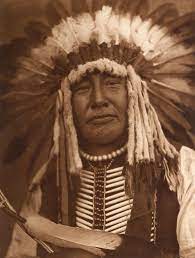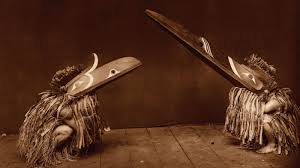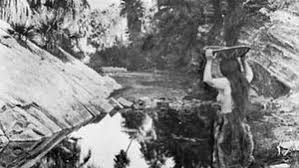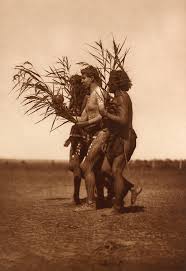Edward S. Curtis: Preserving Native American Heritage Through Photography
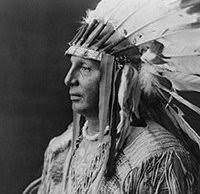
Born in 1868 in Wisconsin, Curtis developed a passion for photography at an early age. His fascination with Native American cultures began when he witnessed a group of Hopi dancers during a visit to Arizona. This encounter sparked his lifelong commitment to preserving the heritage of Native American tribes through his lens.
Over the course of three decades, Curtis embarked on an ambitious project known as “The North American Indian.” This monumental undertaking involved traveling extensively across the United States, visiting more than 80 Native American tribes and capturing over 40,000 images. Curtis believed that Native American traditions were rapidly disappearing due to the encroachment of modern society, and he dedicated himself to documenting their way of life before it vanished completely.
Curtis’s photographic portraits were not mere snapshots but intimate glimpses into the lives and cultures of Native American communities. His photographs conveyed a deep respect and empathy for his subjects, capturing their dignity, resilience, and rich cultural heritage. He meticulously documented rituals, ceremonies, daily activities, and traditional costumes, providing invaluable insights into Native American life at the turn of the 20th century.
In addition to his photographic work, Curtis conducted extensive research and interviews with tribal elders, collecting stories, songs, and languages to complement his visual documentation. The resulting 20-volume book series, “The North American Indian,” accompanied by over 2,000 large-format photogravures, stands as one of the most comprehensive and influential records of Native American cultures ever created.
Despite facing numerous challenges, including financial difficulties and criticism for his romanticized depictions, Curtis remained steadfast in his commitment to his work. His dedication and passion earned him recognition and support from prominent figures of the time, including President Theodore Roosevelt and financier J.P. Morgan.
Edward S. Curtis’s enduring legacy lies not only in his artistic achievements but also in his advocacy for Native American rights and cultural preservation. His work sparked public interest and contributed to a renewed appreciation for Indigenous cultures, challenging prevailing stereotypes and fostering a greater understanding of their complexities and contributions to society.
Today, Curtis’s photographs are treasured not only for their artistic merit but also for their historical and cultural significance. They serve as valuable resources for scholars, researchers, and Native American communities seeking to reconnect with their roots and preserve their heritage. Curtis’s images continue to inspire contemporary photographers, artists, and filmmakers, ensuring that his legacy transcends time and reaches new audiences.
Edward S. Curtis’s extraordinary body of work has left an indelible imprint on the world, offering a window into the rich tapestry of Native American cultures. His commitment to documenting and honoring the traditions and lives of Indigenous peoples serves as a testament to the power of photography as a tool for cultural preservation and understanding. Through his enduring legacy, Curtis has not only immortalized the faces and stories of Native Americans but has also inspired a continued appreciation for the beauty and diversity of humanity’s collective heritage
Hits: 1

